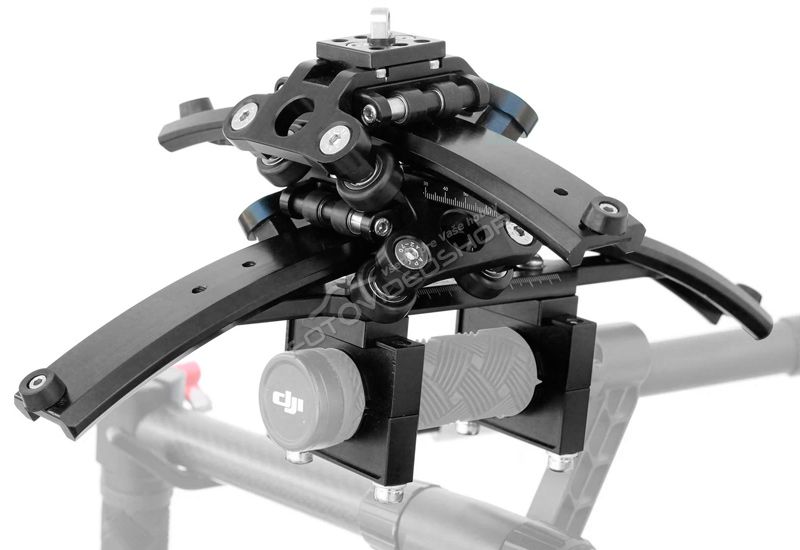

- #RONIN 2 VS MOVI PRO FOR TRAVEL FULL#
- #RONIN 2 VS MOVI PRO FOR TRAVEL PORTABLE#
- #RONIN 2 VS MOVI PRO FOR TRAVEL PROFESSIONAL#
#RONIN 2 VS MOVI PRO FOR TRAVEL PORTABLE#
It was highly portable and came in at a surprisingly low $1399, making the Ronin-M one of the most affordable, professional-grade gimbals on the market. Weighing in at around 5 lbs, the introduction of the Ronin-M slashed the weight of the original Ronin in half, making it far more manageable on longer film shoots without shedding any of remarkably high, carbon-fiber build quality. The enjoyed all the same advancements of the original Ronin while refining all of its shortcomings. Yet, the first iteration of the DJI Ronin experience served as a enduring benchmark for DJI’s further development into the Ronin product line, eventually leading to them to the Ronin M, the Ronin MX, and now, the DJI Ronin 2. Many original Ronin users expressed frustration with a drifting roll axis when balancing their gimbal, and others had issues with the buggyness and inoperability of early versions of the clunky, outdated look of the DJI gimbal assistant app. Although, where it succeeded in some areas, it failed in others.

By putting powerful studio-grade film equipment into the hands of amateurs, it didn’t take long for the DJI Ronin to be recognized as a must-have item in any DSLR filmmaker’s toolkit. The release of the Ronin coincided with a surge of access to cheaper, more flexible filmmaking options and a sudden spike in DSLR-based filmmaking. Achieving an unprecedented level of stability among other (more expensive–like MoVI) leading three-axis gimbal systems on the market– the Ronin garnered a reputation for its exceptionally high build quality, and quick user-friendly setup and operability. Launched in late 2014, was built with the low-budget filmmaker’s demands in mind.
#RONIN 2 VS MOVI PRO FOR TRAVEL FULL#
It features a stunning new full carbon fiber exterior and a decluttered, ergonomic design for quicker setup and stabilization, optimized power management, and easy-to-use, intelligent software integration.
#RONIN 2 VS MOVI PRO FOR TRAVEL PROFESSIONAL#
The Ronin 2 has evolved to carry a wider variety of heavier camera payloads including an expanded array of professional grade camera bodies and lenses. Yet, the Ronin 2’s reimagined capabilities will undoubtedly push the boundaries for traditional three-axis camera stabilization technology. The similarities between the original Ronin and the new Ronin 2 will allow for a very intuitive on-boarding for soon-to-be Ronin 2 owners. The DJI Ronin 2 is an extension of the original Ronin technology we all know and love (although for some it’s love-hate relationship at times)– boasting all of the same familiar Ronin features yet with highly evolved hardware and software capabilities. And coming in at bundled, production-ready turn-key solution for media professionals everywhere at just $6,999, it's sure to be a game-changer for among other professional camera gimbal stabilization systems– like the Freefly MōVI Pro–which often require you to order a heap of accessories in addition to the standard base unit. The MōVI Freefly Pro dies with the long awaited addition to the DJI Ronin line: the DJI Ronin 2.


 0 kommentar(er)
0 kommentar(er)
